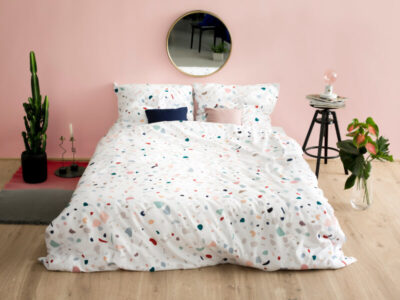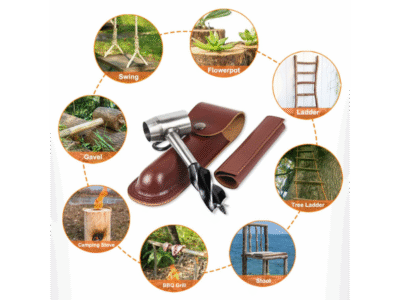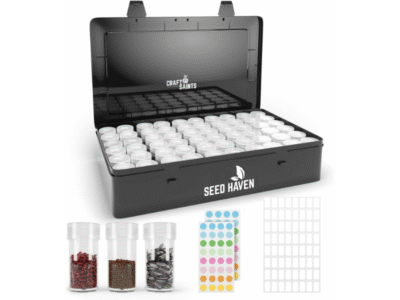Permaculture: A Designers’ Manual by Bill Mollison , get your copy here.
Permaculture designers create sustainable systems. They work with nature, not against it. Their goal is to build gardens and farms that regenerate the earth. These designers use observation and careful planning. They integrate plants, animals, and structures. This creates a living landscape that is both productive and beautiful.
Recent Listings
Permaculture designers craft enduring systems. They seek to harmonize with natural cycles, not impose their will. Their ultimate aim is to cultivate gardens and farms that actively heal and enrich the earth. These designers rely on keen observation and thoughtful foresight. They carefully weave together plants, animals, and built elements. This thoughtful integration fosters a living environment that thrives. It is both bountiful and aesthetically pleasing.
Think of a forest. It’s a system that works on its own. Trees provide shade. They drop leaves that become rich soil. Small creatures live in the soil, breaking down the leaves. Birds eat insects that might harm the plants. Permaculture designers study these natural patterns. They then mimic them in their own designs. They might plant a fruit tree, with berry bushes growing beneath it. Underneath the berries, they could plant ground cover crops. This layered approach uses space efficiently. It also builds soil health over time.
These designers consider every element. A chicken coop can provide manure for the garden. The garden waste can feed the chickens. Water is collected and used wisely, perhaps through swales. Swales are gentle dips in the land that catch rainwater. This water soaks into the ground, feeding plants. It also prevents soil erosion. They might place a small pond to attract beneficial insects. These insects pollinate crops and eat garden pests. Every part plays a role in the larger whole.
The goal is to create self-sustaining patterns. These patterns require less input over time. They need less watering, less fertilizing, and less pest control. This reduces work for the gardener. It also lessens the impact on the environment. Instead of chemicals, they use natural pest deterrents. They might plant herbs that repel unwanted bugs. Companion planting is another key strategy. Certain plants benefit each other when grown together. For example, basil can deter flies from tomatoes.
The outcome is a vibrant ecosystem. It’s a place where life flourishes. It can provide food, shelter, and beauty. It’s a productive space that gives back more than it takes. This approach is about creating abundance. It’s about building resilience. It’s about fostering a deeper connection to the land. These designers are building a future. It is a future where human activity supports nature. It’s a future where our farms and gardens are part of the solution. They become places of healing and renewal.





